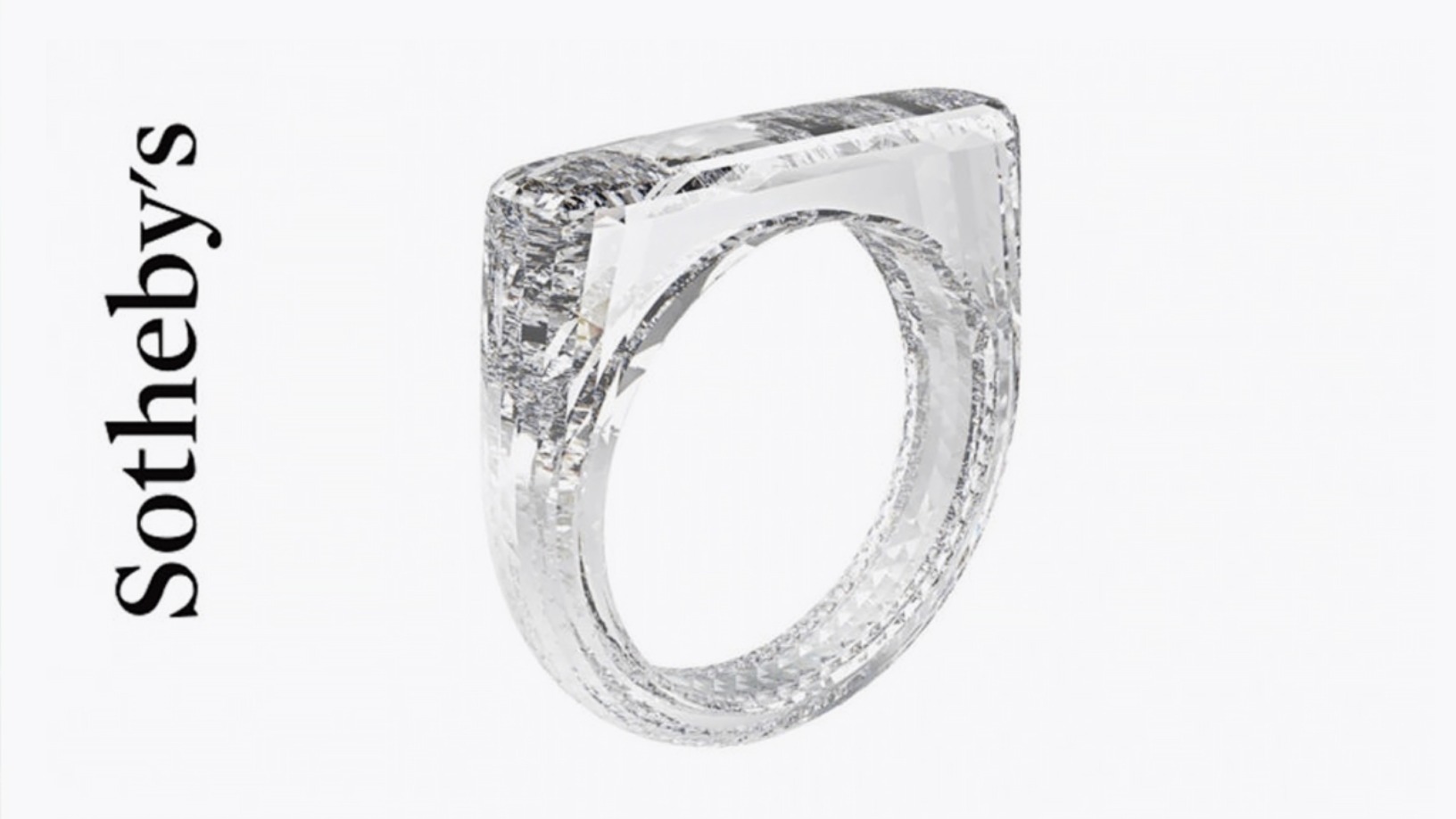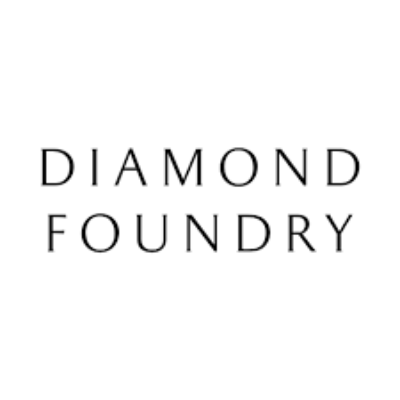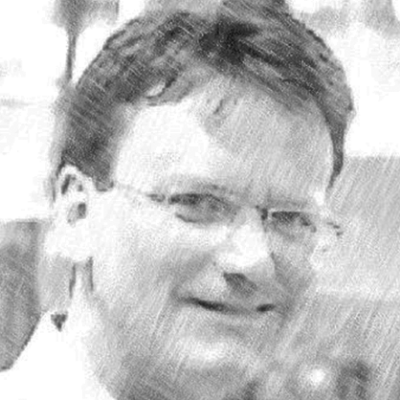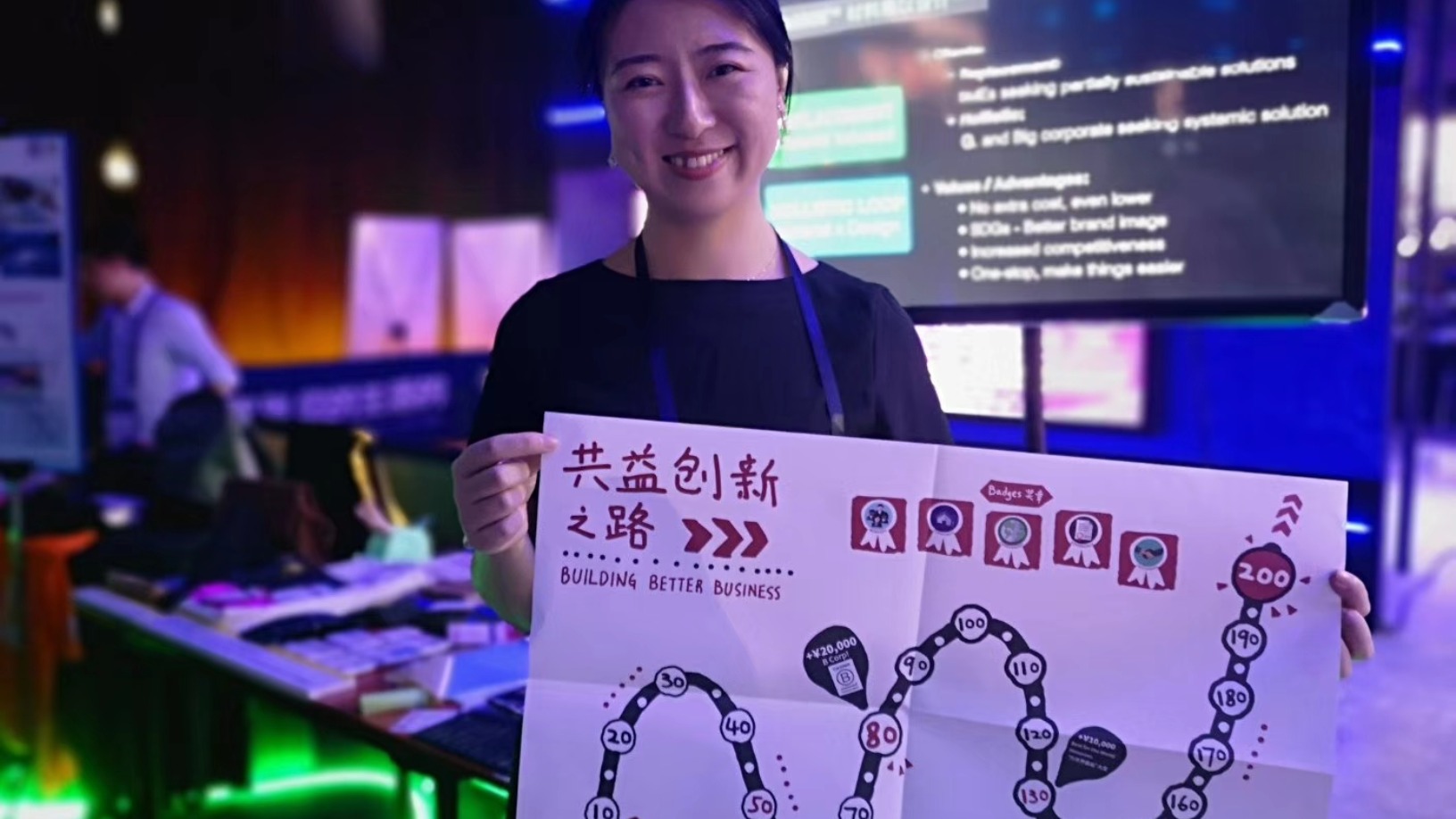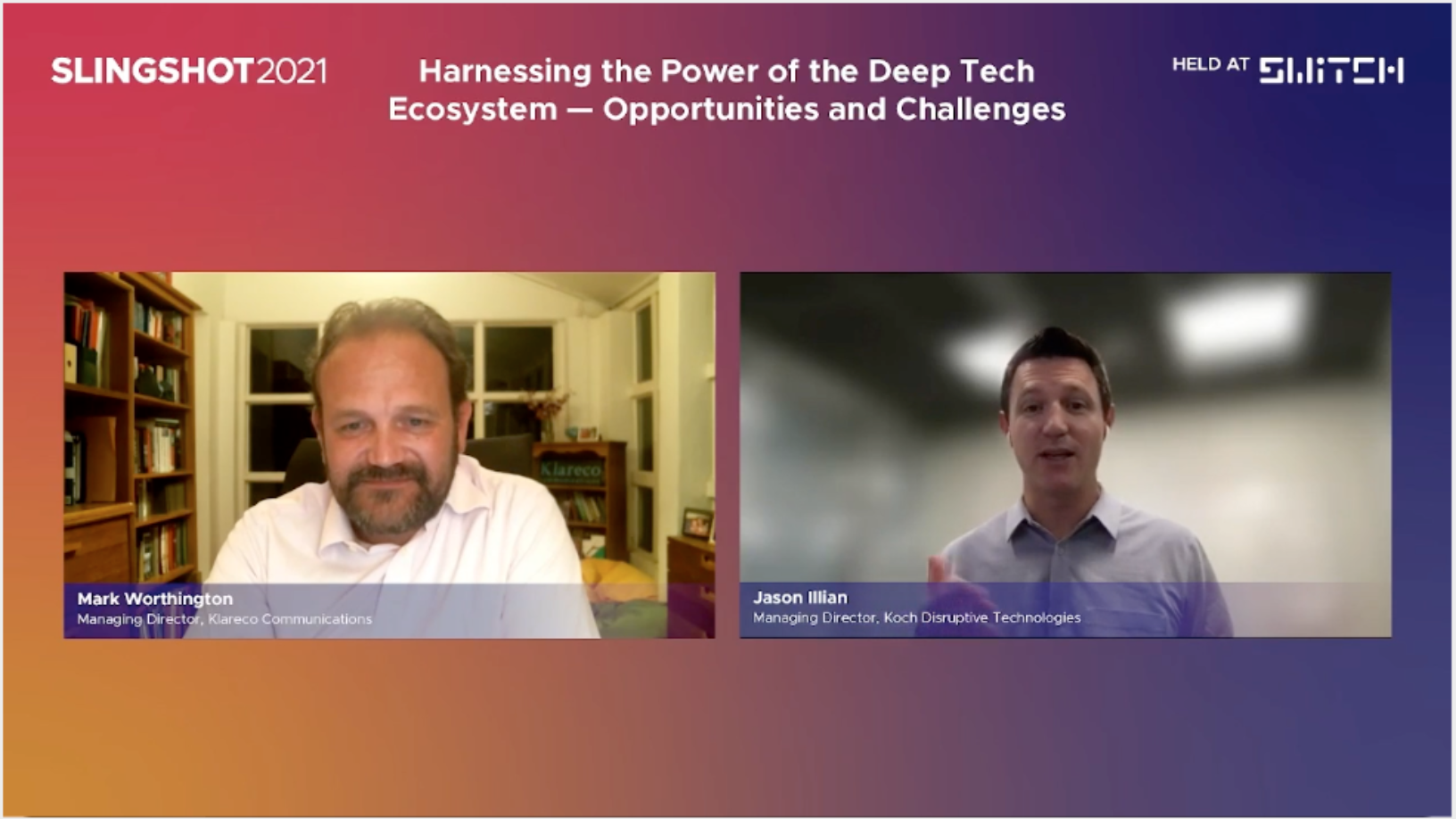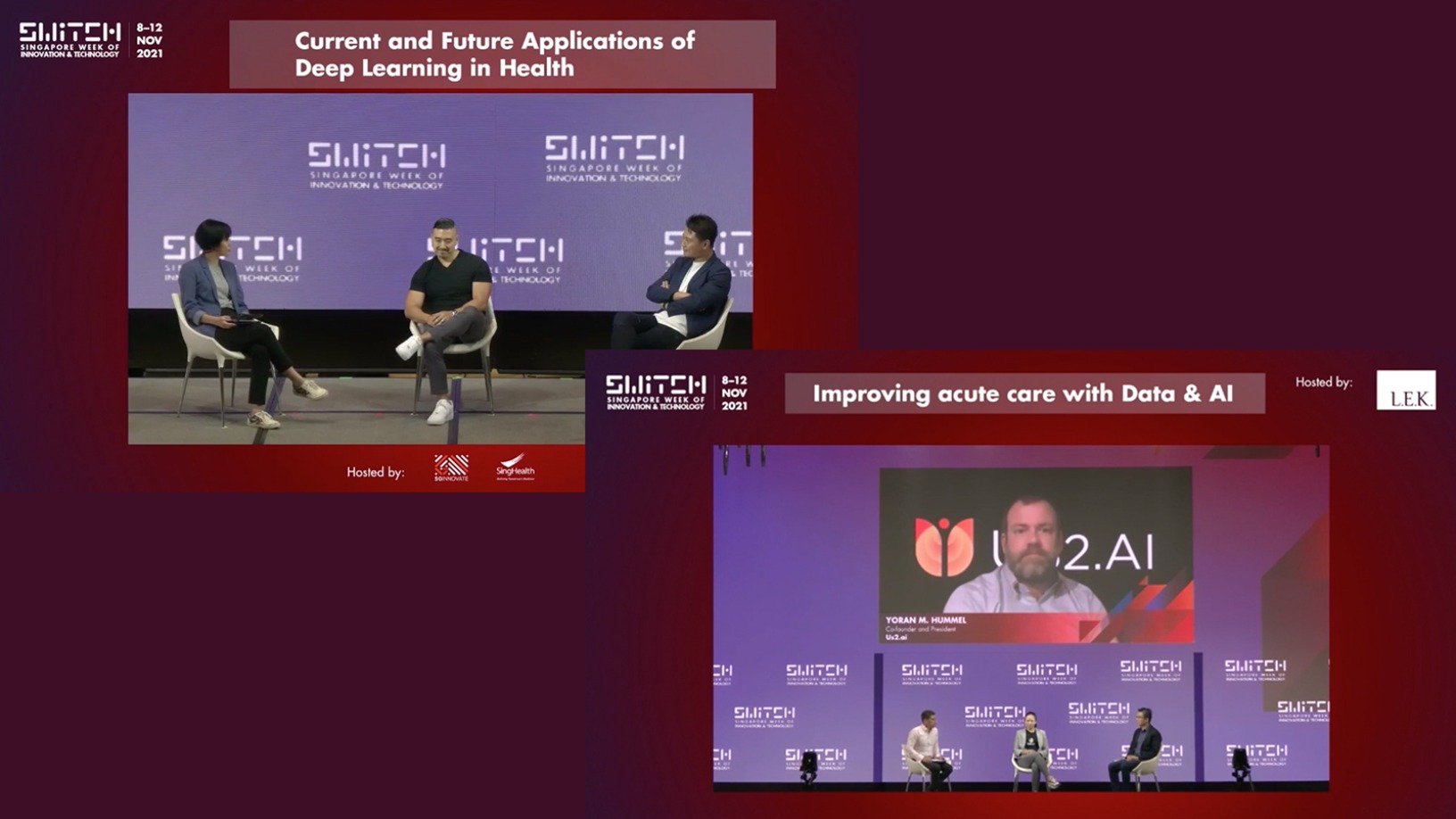Several companies are growing lab-made diamonds, including the world's leader in mined diamonds, De Beers, but 8-year old California-based startup Diamond Foundry is not only making diamonds in the lab in just 2–3 weeks, but it was also the first to produce pure lab-grown diamond at the same scale as a mine and the first to be certified carbon-neutral.
The startup has raised a total of $315m in investments to date. It was recently valued at $1.8bn, following a $200m cash injection in March by personal investment giant Fidelity, money that it will use to scale up production capacity to 5m carats per year by end-2022, up from a million carats’ annual capacity today. It is now the largest lab-grown diamond producer in the US.
“The diamond industry is dominated by very profitable houses like Cartier. We wanted to build a new Cartier for people who care about transparency,” said Diamond Foundry’s CEO and co-founder Martin Roscheisen. “More than half of the diamonds on the market today come from conflict regions, like the Congo and Sierra Leone," Roscheisen said.
As concerns over the environment and resource depletion increased, "people started thinking about the provenance of their diamonds and wanted to be assured that no one, or the earth, was getting hurt in the process of mining them,” he added. The world's largest jewelry retailer Pandora announced in May that it would stop selling mined diamonds and sell only lab-grown diamonds.
Diamond Foundry’s vision won it an early investor in Hollywood actor Leonardo DiCaprio, star of the movie Blood Diamond based on the true story of diamonds funding civil war in Sierra Leone. Its other high-profile investors include Google co-founders Sergey Brin and Larry Page, Twitter co-founder Evan Williams, Facebook co-founder Andrew McCollum, Sun Microsystems co-founder Andreas Bechtolsheim, former eBay president JeffSkoll’s investment vehicle Capricorn Group and inventor of the iPod and co-inventor of the iPhone, Tony Fadell.
The company is now also a luxury jewelry retailer with its own brand, VRAI. It has worked with renowned designers and sells its products internationally. It was named one of CNBC’s Top 50 Disruptors and Inc. Magazine’s 25 Most Disruptive Companies. In addition, its lab-grown diamonds were named one of TIME Magazine’s 50 Best Inventions in 2018.
We wanted to build a new Cartier for people who care about transparency
Solar cells to diamonds
The co-founders of Diamond Foundry worked together in the 2000s at Silicon Valley’s first VC-funded solar technology startup, Nanosolar, before the $640m business crumbled due to competition from China. Roscheisen, a Stanford University computer science PhD, who was classmates with Google founders Sergey Brin and Larry Page, decided to pivot and focus the firm’s expertise and its team of Stanford, MIT and Princeton-trained engineers to other sustainable technologies.
Roscheisen spent three years and tens of millions of dollars experimenting in a warehouse with a 36-strong team, bringing together technology developed for thin-film solar cells and microchips and the expertise of an experienced diamond scientist. This led to Roscheisen co-founding Diamond Foundry with former Nanosolar engineers Jeremy Scholz and Kyle Gazay. The team ran tens of thousands of plasma reactor design simulations, each taking a week, before finally building three generations of novel reactors from scratch and making its first brown diamonds in 2015.
Since then, the startup has continued to improve the size, color and quality of its lab-grown diamonds. The startup can now manufacture colorless Type IIa diamonds, which only account for 1–2% of all diamonds in the market. Diamond Foundry now has hundreds of jewelry designs and 15 different diamond cuts, including rare and unusual fancy shapes.
Although lab-produced diamonds generally sell for less than mined diamonds, Diamond Foundry’s lab-made stones buck this trend fetching prices similar to mined diamonds, with higher prices for larger, better-quality stones. For example, a 1.2-carat diamond grown by the company can cost $3,300, while its 2.15-carat rose-cut lab-grown diamond can fetch $15,000. In addition, designer collaborations can push the price tag up. For example, in 2018, a 100% diamond ring designed by Sir Jony Ive and Marc Newson using Diamond Foundry’s lab-grown diamond wafer was auctioned off by Sotheby’s for $256,250.
In a market segment dependent on quality assurance, Diamond Foundry's gems are cut and polished by master craftsmen and certified by the Gemological Institute of America (GIA) and the Gem Certification & Assurance Lab (GCAL).
As hot as the sun
Diamond Foundry’s stones are grown from a sliver of an original diamond in superheated plasma reactors. The process mimics how diamonds are created in nature, where many layers of carbon atoms are gradually bonded together under intense pressure and temperature. The process, which can take billions of years underground, is accelerated in the lab. As a result, each jewelry-grade stone Diamond Foundry makes is atomically and chemically the same as a mined diamond. The difference is transparency, sustainability and traceability.
Diamond Foundry says its plasma reactors can handle a much higher density of plasma than other off-the-shelf reactors due to the electromagnetic resonance of its novel design, enabling higher reactor productivity and better lab-grown diamonds. It also allows Diamond Foundry to produce pure diamond material 150 times faster than others and using less energy per unit.
Each plasma reactor comprises 350 precision-engineered parts. The reactor superheats plasma to about 10,000 degrees Fahrenheit, as hot as the outer core of the sun. In this high-energy plasma field, chemical vapor deposition occurs, where atoms of pure carbon accumulate and build up the diamond lattice atom by atom, layer by layer. Each jewelry-grade diamond contains 10bn layers of carbon atoms.
Diamond Foundry has an undisclosed number of reactors in its facilities in San Francisco and Wenatchee, Washington. These are powered by renewable energy – solar power in San Francisco and hydropower in Wenatchee.
The company says it now uses less energy to grow a diamond above ground than is required to extract it from underground. Compared to mining, it says its process saves 143 lbs of carbon dioxide emitted, 120 gallons of water and 250 tons of earth removed per carat of diamond that is mined.
Semiconductors the next frontier
While Diamond Foundry’s plasma reactors work more easily with a sliver of mined diamond, in 2018 the company achieved a first with the development of technology to create single-crystal diamond wafers without seeding an existing diamond.
This breakthrough was important because all other methods of diamond production – whether mining, high-pressure vessels or other plasma reactors – rely on diamonds that already exist. This means they cannot produce the kind of diamond wafers that modern integrated manufacturing requires because no earth-extracted diamond would be pure or large enough to use as a base plate for a wafer-sized diamond.
Diamond Foundry aims to leverage this competitive advantage in the possible application of its diamonds as a superconductor. The company is currently perfecting the production of 200 mm single-crystal diamond wafers for use in the semiconductor market and has developed prototype bi-wafers that combine existing silicon, silicon carbide and gallium semiconductors with the performance of a diamond wafer.
Diamond is a better heat-flex substrate than silicon or other materials and therefore allows for faster dissipation of heat buildup and superior efficiency and battery life. Due to its extreme material properties, diamond also outperforms silicon as a semiconductor by a factor of 23,000, gallium nitride by a factor of 120, and silicon carbide by a factor of 40. This means that diamond-based semiconductors enable unprecedented power density, speed, and performance. Diamond Foundry intends to target these for use in data centers, 5G applications and electric vehicles.
Despite its leadership in lab-created diamonds, the startup welcomed the entry of diamond mining giant De Beers into the lab-grown diamond market because even though Diamond Foundry is growing rapidly, it is still only serving 1% of the total diamond market.
“For above-ground production to match the 180m carats of mining production, capital expenditure of $10bn is required for the kind of equipment necessary to create diamonds. No single company will do all of that,” the company said.
